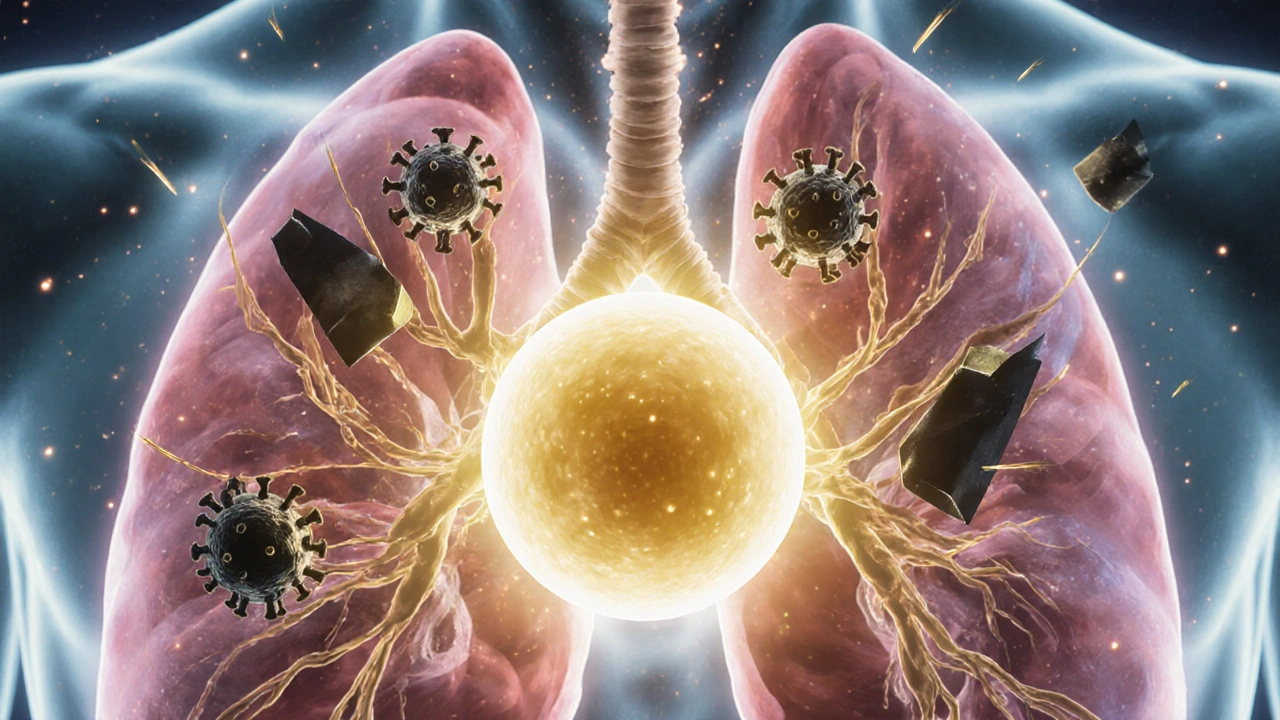Vitamin D3: What It Does, Who Needs It, and How to Get Enough
When your body gets sunlight, it makes vitamin D3, the active form of vitamin D that your body uses to regulate calcium and support immune function. Also known as cholecalciferol, it’s not just a supplement—it’s a hormone your skin produces naturally. Without enough vitamin D3, your bones weaken, your immune system falters, and you might feel tired or low even when nothing else seems wrong.
Many people don’t get enough vitamin D3, especially in colder climates or if they spend most of their day indoors. Older adults, people with darker skin, those who are overweight, and individuals with certain digestive conditions like Crohn’s disease or celiac disease are at higher risk. Even if you eat fatty fish or fortified milk, it’s often not enough. That’s why doctors now routinely check vitamin D levels—not just for bone health, but because low levels link to higher risks of infections, depression, and even some autoimmune conditions.
Calcium absorption, the process your body uses to pull calcium from food into your bones and bloodstream depends almost entirely on vitamin D3. Without it, you could drink milk and eat cheese all day and still end up with brittle bones. Bone health, a term covering everything from density to fracture risk isn’t just about getting enough calcium—it’s about making sure your body can use it. And immune support, how your body fights off viruses and bacteria also leans heavily on vitamin D3. Studies show people with low levels get more colds and flu, and recover slower.
Getting vitamin D3 isn’t just about popping a pill. Sun exposure—10 to 30 minutes of midday sun on arms and legs a few times a week—can be enough for many. But in winter, or if you live north of Atlanta, that’s not realistic. That’s where supplements come in. Not all vitamin D is the same: D2 comes from plants, but D3 is the form your body knows best. Most experts agree D3 is more effective at raising and keeping levels up.
Too much vitamin D3 can be harmful, but it’s hard to overdose from sunlight or food. The risk comes from high-dose supplements. Most adults need 600 to 800 IU daily, but if you’re deficient, doctors often prescribe 1,000 to 4,000 IU for a few months. Always get tested before taking high doses long-term. Your body stores vitamin D3, so it builds up slowly—and so can the toxicity.
The posts below cover real-world cases where vitamin D3 plays a role—not just as a supplement, but as a hidden factor in conditions like IBD, bone damage from thyroid issues, and even how medications interact with your body’s natural chemistry. You’ll find stories from people who thought their fatigue was normal, only to find out their vitamin D3 levels were sky-high or dangerously low. You’ll see how it connects to everything from dandruff treatments to kidney cancer pain relief, because this one nutrient touches nearly every system in your body.
How Calcitriol Affects Respiratory Health and Why It Matters
Calcitriol, the active form of vitamin D, plays a key role in lung defense, reducing infections and inflammation. Low levels are linked to worse asthma, COPD, and frequent respiratory illnesses. Learn how to support your respiratory health with sunlight, diet, and safe supplementation.
